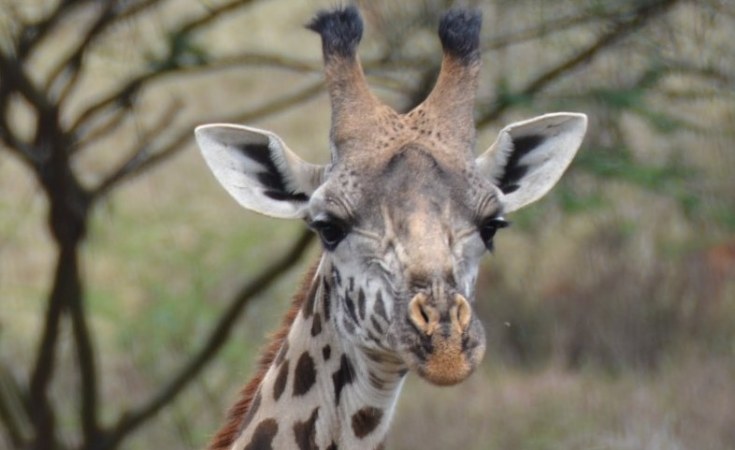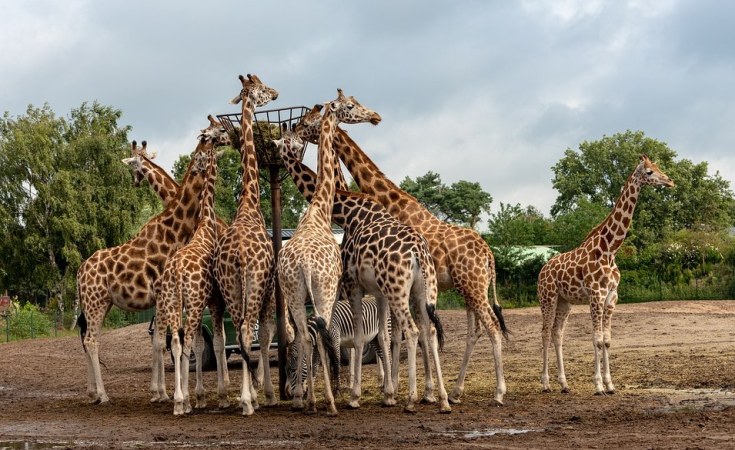 By Edward Qorro
By Edward Qorro
Arusha — Wildlife
researchers are now embarking on a new five-year Giraffe strategic plan
to save mysterious, silent giants from extinction.
Launched on
Wednesday, the 2020-2024 strategic plan seeks to replenish the dwindling
numbers of the giraffe, which is also one of the country's national
symbols.
A research director
at the Tanzania Wildlife Research Institute (TAWIRI), Dr Julius Keyyu,
described the strategic plan as one of its kind that will keep the
giraffe population in check.
According to Dr Keyyu, only 29,000 giraffes are currently alive in the country.
"For a long time,
now these animals have been hunted for their bone marrows which have
been considered to be a cure for some diseases," highlighted the
researcher.
Dr Keyyu further
pointed out that the declining number of the tall mammals was being
exacerbated by two major diseases that he disclosed were fast spreading
to other rangelands.
"Giraffe ear and
skin diseases are claiming our animals; we hope that the strategic plan
will help to save the animals so that tourists come to marvel at the
national symbol," he said.

Photo: Tami Hultman/allAfrica.com
(File photo).
Habitat
fragmentation, deforestation and poaching still remained a threat to the
survival of the tall mammals, according to the TAWIRI director of
research.
Conservationists estimate that some 110,000 giraffes roam throughout Africa, down from a million in the 1700s.
Scientists had long
believed that all giraffes belonged to a single species, but new DNA
research has identified four distinct species.
Sometimes giraffes are killed only for their tails- status symbols in some cultures.
On his part,
Minister for Tourism and Natural Resources Dr Hamisi Kigwangalla, who
also launched the five-year strategic plan, challenged the researchers
to look for a means to save the giraffes from probable extinction.
According to Dr
Kigwangalla, the animals had moved from a 'vulnerable to a risk status',
owing to a number of factors, further challenging the researchers to
hit the ground running in implementing the muchtouted strategy.
"There's an urgent need of saving our giraffes," emphasised the minister.

Photo: Pixabay
(File photo).
He further
challenged TAWIRI to focus on resolving human-wildlife conflict which
hinders the conservation of animals in the natural habitats and poses
the greatest challenges to the persistence and survival of wildlife.
According to
conservationists, giraffe poaching was now on the rise after their
populations on the...
continent plummeted by 40 per cent over the last 15
years.
Despite being an
African icon and one of the planet's last mega fauna, giraffes have
become endangered throughout Africa due to habitat loss for agriculture,
deforestation for charcoal, and bush meat poaching.
Their numbers have plummeted to the point where they are now vulnerable to extinction with fewer than 100,000 individuals.
The tall mammals
are hunted with motorbikes and machetes and targeted with wire neck
snares set in trees. Tanzania, which displays the giraffe as a national
symbol, is among the poaching hot spots for the tall mammal.
Ten years ago,
herbal medicine practitioners in the country touted giraffe bone marrow
and brains as a way to protect people from, or even cure for HIV/ AIDS.
Such a practice has also driven up the prices for giraffe meat, making
poaching more lucrative.




No comments :
Post a Comment